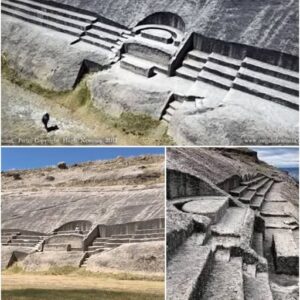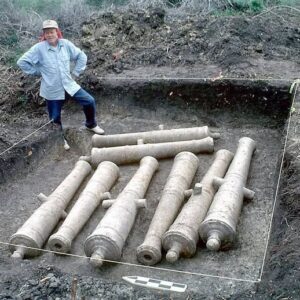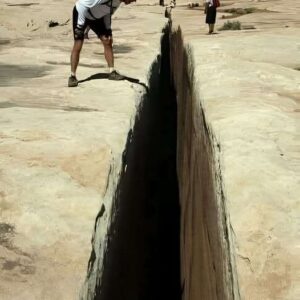In the year 1774, during the opulent reign of Louis XVI, a remarkable creation astonished the world – the first android or programmed automaton. This groundbreaking invention was brought to life by the ingenious Swiss watchmaker Pierre Jacques Dro, who meticulously crafted what came to be known as “The Writing Boy.”
Upon first glance, “The Writing Boy” appeared as a mere antiquated toy: a wooden figure adorned with a porcelain head, barefoot, holding a delicate goose feather in hand. However, concealed within this seemingly simple doll resided a masterpiece of engineering – a sophisticated writing mechanism composed of over 6,000 intricate moving parts. Through Pierre Jacques Dro’s relentless dedication and expertise, this automaton transcended the realm of mere toy to become the world’s first automatic calligrapher.

After twenty months of arduous labor, “The Writing Boy” finally performed its inaugural feat, inscribing the poignant words, “My inventor is Jacques Dro.” The grand unveiling of this marvel took place in the illustrious city of Paris in the year 1774, capturing the awe and admiration of the court of King Louis XVI and leaving them spellbound by the technological marvel before them.
This momentous creation marked a pivotal milestone in the annals of robotics and engineering, boasting several remarkable features that set it apart from all previous inventions of its time. The key highlights of “The Writing Boy” include being recognized as the world’s first programmed android, housing a complex writing mechanism powered by an intricate network of 6,000 moving components, all meticulously assembled over a span of 20 months by the skilled hands of Pierre Jacques Dro. Its grand debut in the city of Paris further solidified its status as a groundbreaking achievement that revolutionized the perception of what was possible in the realm of automation and artificial intelligence.
In conclusion, the legacy of “The Writing Boy” endures as a testament to human innovation, creativity, and the eternal quest to push the boundaries of technological advancement. Its impact reverberates through history, standing as a symbol of ingenuity that continues to inspire generations of inventors and engineers to dream boldly and create fearlessly in pursuit of progress and discovery.





